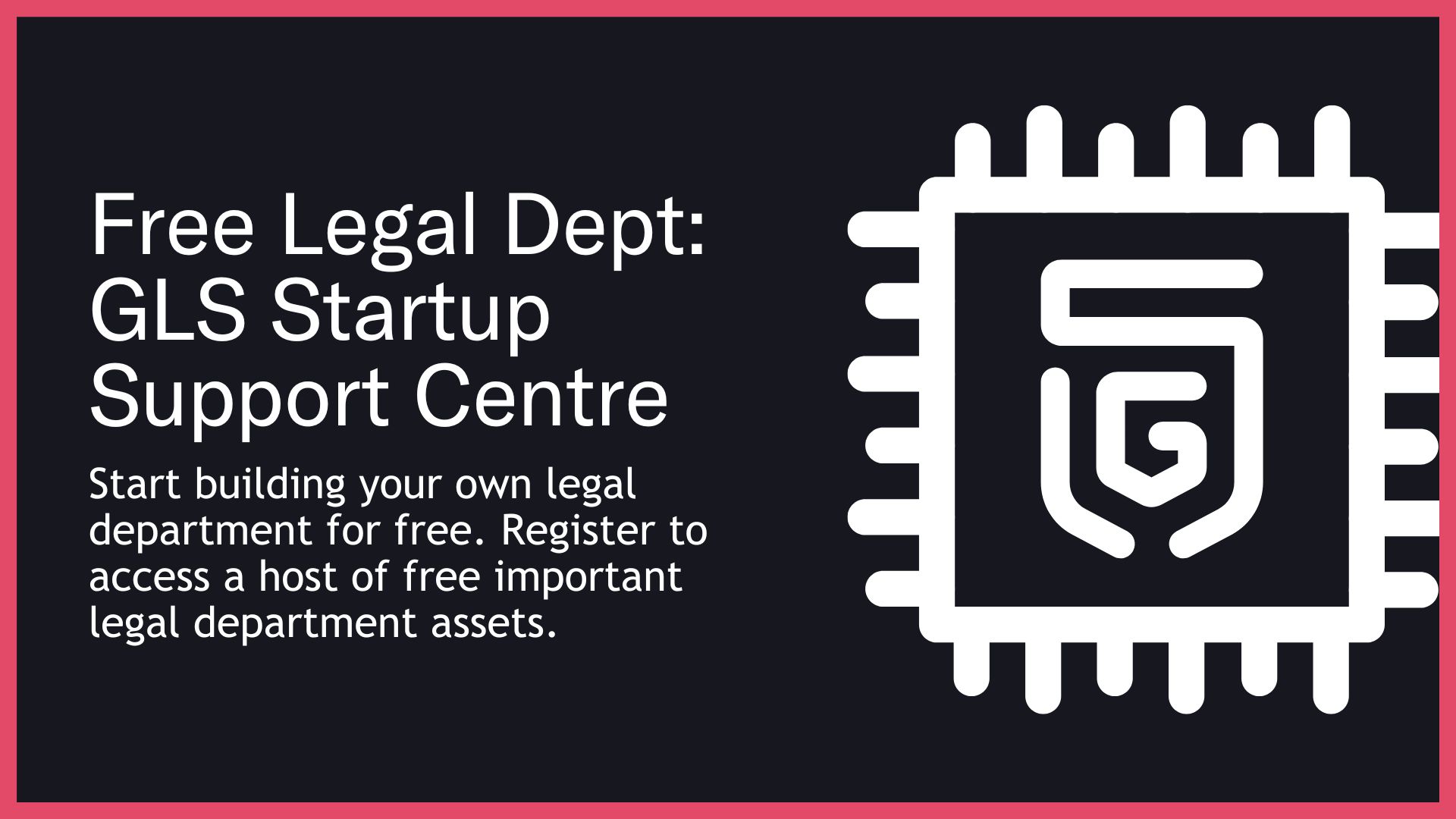GLS Legal Support Centre
Legal Made Easy For Startups
Back
Shareholder Loans
02What is a Shareholder Loan?
03Why This is Important
04Consequences of Not Addressing This Issue
05What You Should Be Doing
06Models of Shareholder Loan Arrangements
07Case Studies
08Key Legal Definitions Related to This Issue
09PAAs (People Also Ask)
010Final Thoughts
011How GLS Can Help You
Introduction
“Shareholder loans are simple on paper, but dangerous in practice - they turn investors into creditors, and that changes everything.” - Matt Glynn
At first glance, shareholder loans look like a quick and flexible way to fund a business without giving away equity. But once shareholders lend money to “their own” company, they hold two hats: equity owner and creditor. This dual role can create real governance tension, especially when the company faces financial stress.
Why This is Important
This is an important stage of the start-up journey because:
◼️Funding flexibility - quick cash injections without altering ownership.
◼️Bridging mechanism - fills gaps between rounds or during crunches.
◼️Control retention - avoids diluting founders early.
◼️Governance challenge - lending shareholders may prioritise repayment over long-term equity value.
◼️Investor perception - heavy reliance on shareholder loans can suggest undercapitalisation to external investors.
Consequences of Not Addressing This Issue
Legal Implications
- Poorly documented loans may be unenforceable or trigger regulatory issues.
- Security granted to one shareholder can prejudice others.
- Unclear repayment terms risk disputes or legal action among shareholders.
Founder Relationship Issues
- Lending shareholders gain repayment rights not shared by others.
- Creates a creditor vs equity split inside the founder group.
- Resentment builds if some shareholders take financial risk while others do not.
Commercial Implications
- Repayment obligations reduce operating runway.
- Over-reliance may deter VCs who see a fragile capital base.
- Heavy debt service crowds out reinvestment in growth.
Operational Implications
- Cash-flow strain if loans are repayable “on demand.”
- Admin complexity if multiple shareholders lend under different terms.
- Disputes over loan priority disrupt daily operations.
Biz Valuation Issues
- Loans don’t build equity value - they can depress valuation if seen as “papering over” weak capitalisation.
- Convertible shareholder loans with aggressive terms can dilute founders at unfavourable conversions.
- Subordinated structures may reassure banks, but they lock in risks for shareholders.
What You Should Be Doing
◼️Document clearly - formal loan agreements with interest, term, repayment, and conversion mechanics.
◼️Align shareholders - ensure lending terms don’t create unfair advantages for a subset.
◼️Model repayment impact - check cash-flow headroom against business plan.
◼️Decide on convertibility - pre-agree whether loans can (or should) convert into equity.
◼️Seek tax guidance - interest deductibility and thin-capitalisation rules vary widely.
The above are just a few of the steps you can consider taking. There are many more things that need to be done to ensure the associated risks are effectively and pragmatically dealt with.
Case Studies
WeWork (2016-2018) - Shareholder Loans as Lifeline
SoftBank repeatedly extended shareholder-style debt to keep WeWork solvent pre-IPO. These instruments blurred the line between equity and debt, creating misaligned incentives.
Lesson: Shareholder loans can prolong survival but may compound governance dysfunction.
Jet Airways (India) - Shareholder Loans Delaying the Inevitable
Promoters advanced shareholder loans to cover losses instead of restructuring. The airline collapsed anyway, and lenders fought over repayment priorities.
Lesson: Loans cannot substitute for sustainable capitalisation.
Early-Stage SMEs - Founders Funding via Informal Loans
Common in start-ups where founders “top up” with informal on-demand loans. Disputes often emerge when one founder demands repayment earlier than expected.
Lesson: Even friendly loans must be documented with commercial clarity.
PAAs (People Also Ask)
PAA: Are shareholder loans equity or debt?
They are legally debt, but can be structured to behave like equity.
PAA: Why do start-ups use shareholder loans?
For fast, flexible funding without dilution or valuation debates.
PAA: Do shareholder loans need to be documented?
Yes, proper loan agreements are critical to avoid disputes and protect lender rights.
PAA: Can shareholder loans convert into equity?
Yes, if structured as convertible loans, often triggered at future funding rounds.
PAA: Do shareholder loans affect valuation?
Yes, excessive reliance signals weak equity funding and may deter external investors.
Final Thoughts
Shareholder loans are deceptively simple. They provide quick, flexible funding and can keep the lights on during tight cashflow. But they import a creditor dynamic into the shareholder base - and once that dynamic sets in, governance gets complicated. The key is clear documentation, alignment across shareholders, and early legal structuring to prevent disputes.
How GLS Can Help You
GLS can help your start-up by:
◼️Drafting shareholder loan agreements
◼️Structuring convertible shareholder loans
◼️Negotiating subordination and priority with banks
◼️Modelling repayment and dilution impacts
◼️Advising on tax and thin-capitalisation rules
◼️Securing shareholder alignment and board approval
◼️Implementing legal protections for minority shareholders
◼️Preparing governance policies for mixed debt/equity structures
◼️Managing disputes arising from repayment claims
◼️Converting loans into equity in future rounds

